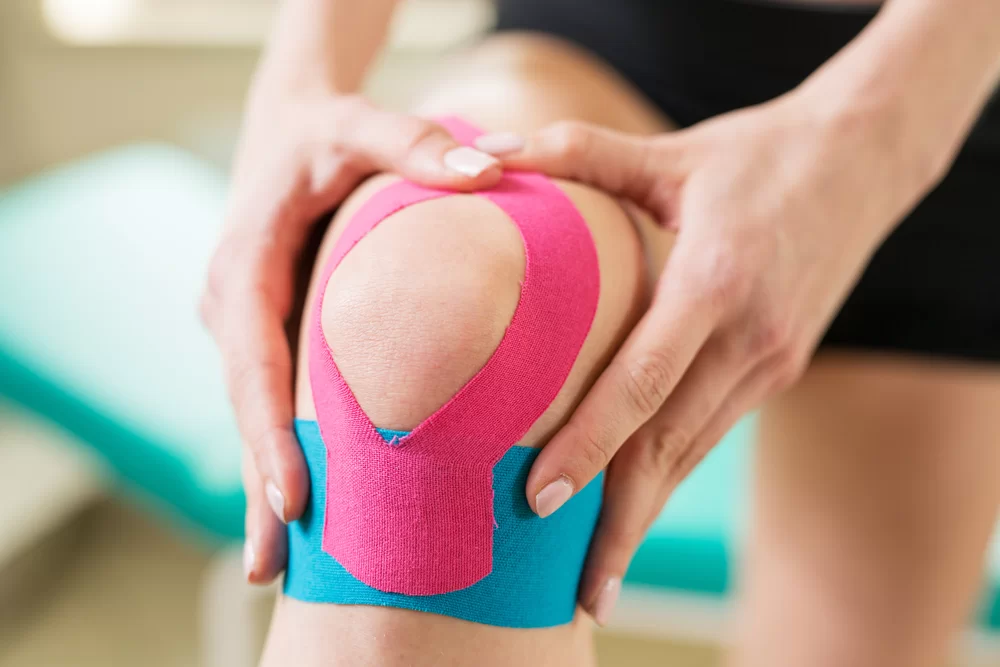
Introduction
When it comes to the terms taping and tapping, they can easily be confused as they sound similar, yet they have distinct meanings and applications across various fields. Whether you’re in sports and physical therapy, audio production, construction, or mental wellness, understanding the difference between taping vs. tapping can enhance your effectiveness and knowledge in each area. This comprehensive guide will clarify what is taping or tapping, delve into taping or tapping usage across industries, and offer actionable insights to help you decide when to use taping or tapping.
What Is Taping or Tapping?
At its core, taping generally involves the use of adhesive material, whether it’s for physical support in sports, securing joints in construction, or recording audio. Tapping, on the other hand, typically refers to light, rhythmic movements (such as on surfaces or parts of the body) or the creation of threads in materials.

In this article, we will examine the difference between taping and tapping in detail across key sectors: sports and physical therapy, audio recording and technology, construction, and psychological wellness. Understanding these nuances can ensure you’re using each technique to its fullest potential.
Taping vs. Tapping in Physical Therapy & Sports
Taping and tapping for injury are techniques commonly used in physical therapy and sports to alleviate pain, support muscles, and prevent further damage. Kinesiology taping and athletic taping methods have become particularly popular in recent years for their potential benefits in muscle recovery.
- Kinesiology Taping: This technique involves applying flexible, adhesive tape to muscles to provide support without limiting movement. Kinesiology taping can be used on joints and large muscle groups to reduce strain and improve recovery.
- Sports Taping Benefits: Taping offers structural support and can help athletes maintain their performance levels by keeping muscles and joints secure. For example, sports injury taping can help stabilize areas prone to injury, such as ankles, wrists, and knees.
- Muscle Taping Techniques: Different types of tape, including rigid and elastic, are applied based on the desired outcome. Some joint taping methods focus on limiting joint movement to prevent injury, while others are designed to support muscle alignment.
Tapping in physical therapy can refer to tapping techniques for pain relief, where light, repetitive tapping motions are applied to areas of the body, such as acupressure points, to alleviate tension or discomfort. This technique can sometimes be compared to tapping vs. massage therapy as a means of relaxation and pain reduction.
Audio Recording & Technology
The terms taping and tapping also appear in audio recording and technology but have vastly different meanings.
- Audio Taping Techniques: In this context, taping refers to recording sounds, traditionally on tape but now also digitally. Digital taping methods have largely replaced analog ones, offering cleaner and more versatile recordings.
- Taping for Live Events: When it comes to recording live events, professionals use taping equipment for sound to capture high-quality audio in real-time. Recording taping setup involves microphones, mixers, and, sometimes, physical tapes to produce a clear sound profile.
- Tapping Sound in Audio Production: Microphone tapping sound testing is commonly used to check if a mic is working properly. Additionally, tapping sounds are often added intentionally in audio production for a particular effect, such as creating rhythm or atmosphere in sound design.
- Taping vs. Digital Recording: While analog taping provides a certain warmth and quality, digital recording is more common today due to its ease of use and storage efficiency. Taping may still be used for nostalgia or specific artistic effects, but tapping sounds can be added digitally as needed in post-production.
Taping vs. Tapping in Construction & DIY
In construction and DIY projects, taping and tapping also have unique applications. Taping drywall, for example, is a common practice in construction to create smooth walls, while tapping screws refers to the process of making threads in metal or other materials.
- Taping Drywall: A critical part of drywall installation, taping joints in construction involves using tape and joint compound to create seamless wall surfaces. It enhances durability and provides a finished appearance, particularly with drywall finishing taping techniques.
- Drywall Taping Tools: For a clean application, specific tools such as taping knives and mud pans are used. These drywall taping tools are essential for achieving a professional result, whether for a new wall or wall taping for repairs.
- Tapping Screws vs. Drilling: Tapping screws are specifically designed to cut their own threads into a material, making it easier to fasten materials without the need for pre-drilled holes. Metal tapping technique is especially valuable in metalwork, where precise threads are required for secure assembly.
- Wall Taping vs. Painting: While taping drywall provides structural integrity, wall taping can also be used in prepping for painting, creating clear boundaries for designs or patterns on the wall.
Tapping in Psychology & Wellness (EFT Tapping)
In mental wellness, tapping is a therapeutic technique often used to manage emotions and reduce stress. This is not physical taping but rather tapping therapy using the emotional freedom technique (EFT).

- EFT Tapping Technique: EFT involves tapping specific points on the body to relieve stress and anxiety. This tapping for stress relief method has grown popular as it’s non-invasive and can be performed anywhere.
- Tapping Points on the Body: Typically, tapping points include areas like the side of the hand, eyebrows, and collarbone. Practitioners believe that lightly tapping these points can disrupt negative thought patterns.
- Tapping Therapy for Anxiety: Similar to acupressure, tapping therapy is thought to help calm the nervous system, making it a valuable tool for those with anxiety disorders or PTSD. It’s often compared to EFT vs. physical taping for its wellness benefits.
- Tapping Exercises for Wellness: Regularly practicing tapping exercises for wellness can improve emotional health and resilience. This simple technique has made its way into mainstream self-care for its ability to promote relaxation.
- Mental Health Tapping Therapy: As a self-help practice, mental health tapping therapy is accessible. Its helping people manage stress and emotional challenges without the need for extensive professional intervention.
For more interesting blogs, visit our site: https://futuretrendz.co.uk/
Conclusion
The difference between taping and tapping varies widely based on the context. Whether it’s physical therapy, audio production, construction, or wellness practices. Taping is primarily used for providing physical support, connecting materials, or capturing sound. While tapping often refers to light rhythmic motions, whether for pain relief or audio production.
With this understanding of taping or tapping. You can better decide when to use taping or tapping based on your unique needs. Consider how each term applies within your industry, and use these insights to enhance your projects, treatments, or personal wellness.
Frequently Asked Questions
- What is the main difference between taping and tapping?
- Taping typically involves securing or covering something with tape. While tapping often refers to light, rhythmic motions or creating threads in materials.
- How is taping used in sports and physical therapy?
- Taping in sports, such as kinesiology taping, provides muscle support and helps prevent injuries. It’s widely used by athletes and physical therapists.
- What does tapping mean in wellness?
- In wellness, tapping refers to the emotional freedom technique (EFT). Which involves tapping specific points on the body to manage stress and emotions.
- Is audio taping still relevant today?
- While digital taping methods have largely replaced analog ones, audio taping remains relevant for specific artistic or nostalgic purposes.
- How is tapping used in construction?
- In construction, tapping typically refers to tapping screws to create threads in materials. A technique that provides secure fastening without pre-drilled holes.







